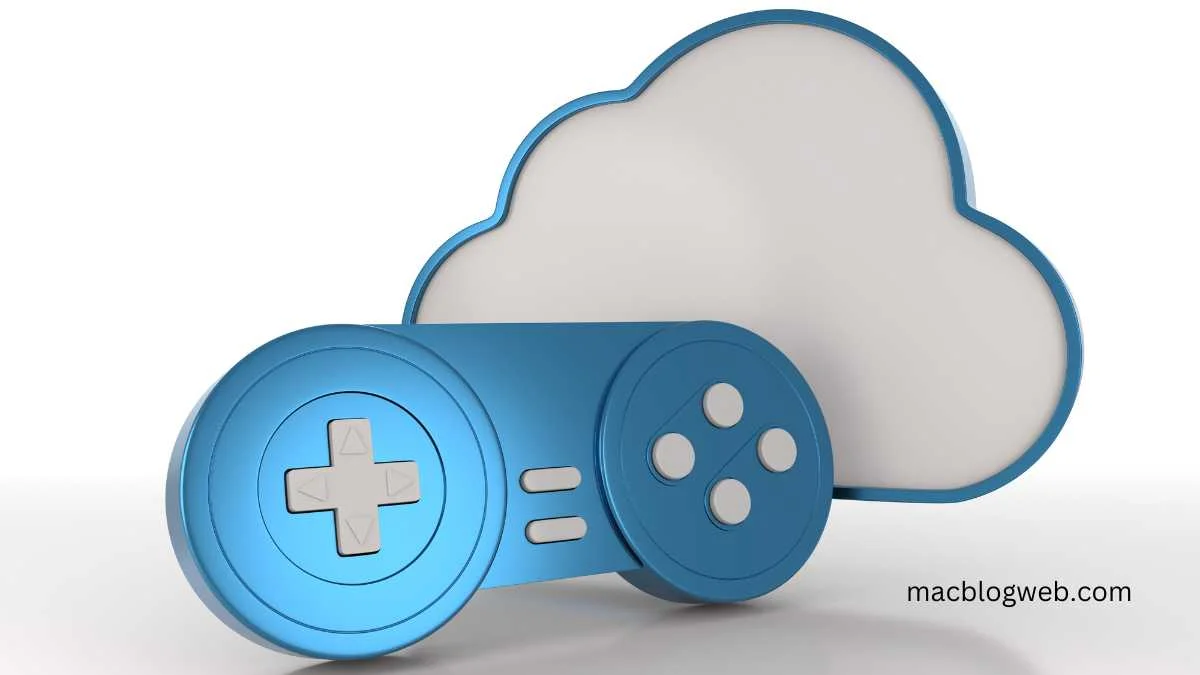Key Takeaways
- With cloud gaming, the need for pricey hardware is eliminated, completely changing the game business.
- Upcoming trends include improved latency, better game libraries, and integration with other digital services.
- Challenges still exist, such as internet dependency and data security concerns.
- Understanding the future landscape can help gamers and developers adapt and thrive in this evolving market.
Table of Contents
- What is Cloud Gaming?
- The Current State of Cloud Gaming
- Upcoming Trends in Cloud Gaming
- Opportunities for Gamers and Developers
- Challenges and Concerns
- Integration with Other Digital Services
Cloud gaming’s future sees trends like 5G integration, streaming platforms, and AI-driven experiences. Enhanced accessibility, cross-platform compatibility, and reduced hardware requirements democratize gaming. Innovations in latency reduction and content diversity propel growth, offering gamers immersive, scalable experiences anywhere, redefining the gaming landscape with expansive opportunities.
What is Cloud Gaming?
Playing video games streamed from distant servers instead of those installed locally on a console or PC is known as cloud gaming. It allows gamers to access various games without needing high-end gaming hardware. This transformative technology, cloud gaming, is making waves in the gaming industry. Using data centers’ power, players can enjoy high-quality gaming experiences across various devices, from smartphones to smart TVs, without the traditional burden of hefty hardware investments.
The essence of cloud gaming lies in its simplicity and accessibility. Gamers can instantly access a broad library of games, often just with a subscription fee, eliminating the need for physical game copies or downloads. The continuous evolution of this technology is pushing the envelope of what’s possible, promising an even more inclusive future for gamers everywhere.
The Current State of Cloud Gaming
The cloud gaming industry has exploded recently, with major companies like Google, NVIDIA, and Microsoft entering the market. With the availability of several games through services like Google Stadia and NVIDIA GeForce Now, gaming has become more widely accessible to a global audience. With these platforms, gamers can play high-quality games without expensive hardware upgrades, making the gaming experience more inclusive.
Google Stadia, for example, has integrated unique features such as instant game access from platforms like YouTube, allowing users to jump into games directly from gameplay videos. NVIDIA’s GeForce Now, on the other hand, connects to existing game libraries from Steam, Epic Games Store, and more, providing flexibility and convenience. The rapid growth in subscription numbers and user engagement on these platforms speaks volumes about the community’s acceptance and trust in cloud gaming.
Upcoming Trends in Cloud Gaming
- Improved Latency: Lower latency is expected with advancements in network technology, enhancing the gaming experience. According to a report on the future of cloud-gaming, [source](https://www.bbc.com/news/technology-47402994), faster connectivity and edge computing will lead to smoother gameplay. These improvements are crucial for competitive gaming scenes where milliseconds determine victory or defeat.
- Expanding Game Libraries: More developers are joining the cloud gaming space, providing a more diverse catalog of games. This trend will continue as proven successful releases attract smaller developers to these platforms—the increasing game variety appeals to a broader audience, from casual gamers to hardcore enthusiasts.
- Integration with Social and Streaming Platforms: Enhanced social features and streaming integration will make cloud gaming more interactive and engaging. For instance, integrating Xbox Cloud Gaming with various streaming platforms paves the way for a more connected gaming future. Gamers can live stream their sessions, collaborate with friends in real-time, and share their gaming moments seamlessly on social media.
As the technology matures, we can expect cloud gaming services to adopt more personalized recommendations and AI-driven enhancements, further refining user experiences. This dynamic environment encourages constant innovation, keeping the market vibrant and competitive.
Opportunities for Gamers and Developers
Cloud gaming offers numerous opportunities for both gamers and developers. Gamers benefit from reduced hardware costs and instant access to various games. Buying pricey PCs or gaming consoles is not necessary. This inclusive approach allows gamers from different economic backgrounds to participate in gaming without financial strain.
For developers, cloud gaming platforms can reach a broader audience with less distribution overhead. This democratization of gaming opens up creative possibilities and potential new revenue streams for indie developers. Developers can also release updates and patches more efficiently, ensuring that all users get the latest versions of their games without the typical fragmentation seen across different devices and hardware configurations.
Challenges and Concerns
Despite its advantages, cloud gaming comes with its share of challenges. Key concerns include dependency on stable and fast internet connections and potential data security issues. The technology relies heavily on high-speed internet, which isn’t available everywhere, limiting accessibility for some users. This digital divide means that gamers in rural or underserved areas may find it challenging to participate in cloud gaming.
Data security is another significant concern, as streaming games involve transmitting data between devices and servers, which can be vulnerable to breaches. Gamers and developers must prioritize robust security measures to safeguard personal information and sensitive data. Additionally, the environmental impact of running large data centers required for cloud gaming must be addressed. Energy efficiency and sustainable practices must be considered to make cloud gaming viable in the long term.
Integration with Other Digital Services
Future cloud gaming services are poised to integrate further with other digital platforms such as social media, video streaming services, and online marketplaces. This integration will make sharing and experiencing gaming content easier across multiple channels, enhancing the overall gaming experience. Gamers could live stream their gameplay directly to Twitch or YouTube, blending the lines between playing and content creation.
Integration with social media will allow gamers to share achievements, participate in community events, and collaborate with fellow enthusiasts. Furthermore, partnerships with video streaming services could introduce interactive movie-like experiences, where viewers can influence the storyline, adding a layer of engagement previously unseen. As these integrations become more seamless, the lines between gaming, social interaction, and entertainment will continue to blur, creating a holistic digital entertainment ecosystem.








